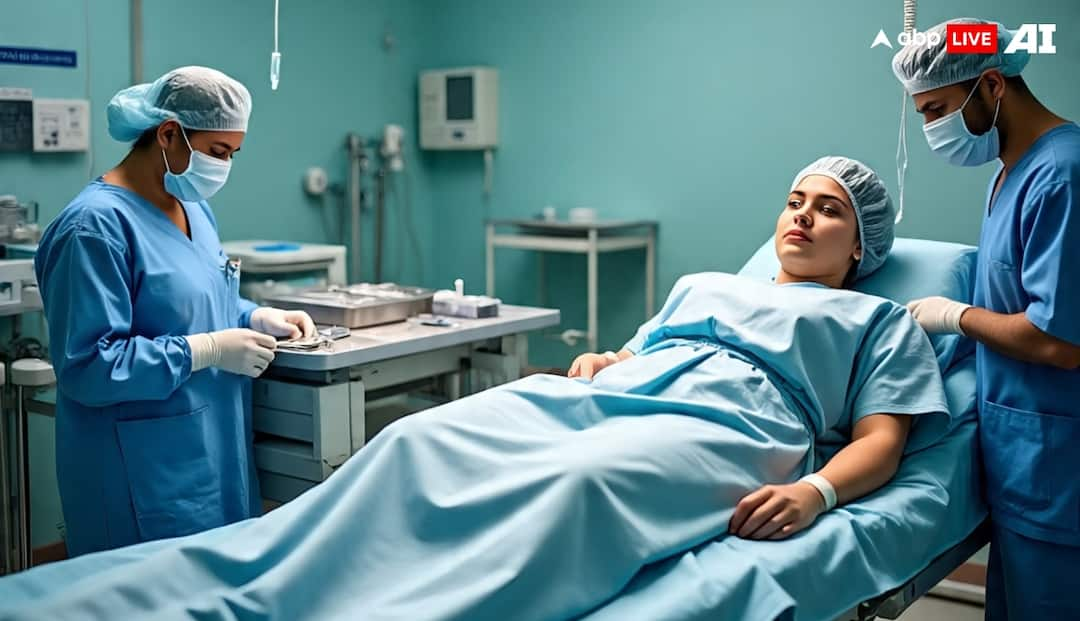The Maharashtra government on Saturday announced that leprosy would be treated as a ‘notifiable disease,’ making it now incumbent upon the treating doctor or health institutions to report every diagnosed case to the state health officials.
As per this directive, it is now mandatory for all doctors and healthcare institutions to report every diagnosed case of leprosy within two weeks to the respective District Health Office, Assistant Director (Health Services – Leprosy), and local municipal health authorities.
The state government has clarified that the step of making leprosy a “notifiable disease” is an effort to curb the spread of leprosy and ensure timely treatment for patients.
Leprosy Trends In India
According to a report published by the Press Information Bureau, titled “Leprosy in India: The Road to a Disease-Free Future”, India’s leprosy prevalence rate has fallen from 57.2 per 10,000 population in 1981 to just 0.57 in 2025.
The report says that among the new cases detected, the percentage of child cases has dropped from 9.04% in 2014-15 to 4.68% in 2024-25. As of March 2025, 31 states and 638 districts have achieved a prevalence rate of less than 1 per 10,000 population, sustaining India’s elimination status nationally.
What Is Leprosy?
Leprosy or Hansen’s disease is caused by slow-growing bacteria called Mycobacterium leprae and Mycobacterium lepromatosis. The disease can affect the nerves, skin, eyes, and lining of the nose. In some cases, body parts may lose their sense of touch and pain, increasing the likelihood of injuries such as cuts and burns.
Leprosy is not prevalent only in India. Each year, up to 225 people in the US and 250,000 around the world are diagnosed with Hansen’s disease. Most people (around 95%) cannot get Hansen’s disease because their immune system can fight off the bacteria that cause it.
In 1982, the definitive cure for leprosy with Multi-Drug Therapy (MDT) containing the bactericidal drug Rifampicin and bacteriostatic drug Clofazimine besides Dapsone was endorsed by WHO as the standard leprosy treatment regimen.
In 1983, the introduction of MDT regimens marked the beginning of India’s National Leprosy Eradication Programme (NLEP).
Regions With Higher Prevalence
According to a paper published by the Hind Kusht Nivaran Sangh, New Delhi (IJL, September 2024), “Despite a significant reduction in the prevalence rate (PR) of leprosy to 0.45 per 10,000 population and a decline in the annual new case detection rate (ANCDR) to 5.09 per 100,000 population as of 31st March 2022 (National Strategic Plan and Roadmap for Leprosy 2023–2027), achieving the goal of a “Leprosy Mukt Bharat” by 2027 is still a far-fetched target.”
As per data from the National Leprosy Eradication Programme (NLEP), states like Uttar Pradesh (20,492), Bihar (17,471), and Maharashtra (15,812) still contribute to a high burden of leprosy (Sharma and Singh 2022).
National Strategic Plan And Roadmap For Leprosy 2023–27
The strategy document and roadmap outline the strategic interventions and lay out a clear-cut plan to achieve the goal of interruption in transmission of leprosy by 2027.
India achieved elimination status in March 2005 at the national level, which means a prevalence rate of less than 1 per 10,000 population, and has sustained this till date. Since then, the programme has been working towards achieving this goal at the sub-national level.
Check out below Health Tools-
Calculate The Age Through Age Calculator



